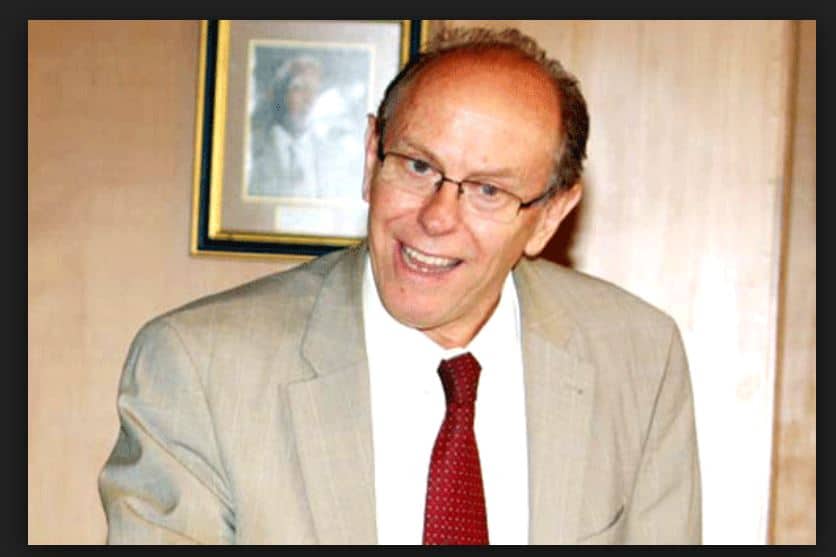Bulawayo mayor David Coltart has appealed to the government to deploy police or the army to protect the Nyamandlovu Aquifer against vandalism as it was the lifeline of the city in terms of water supplies.
The city of Bulawayo is located in a water-scarce region of Zimbabwe that is affected by recurrent droughts.
Because of the expansion of Bulawayo there was need to implement new sources of water as current ones proved inadequate.
The 1991/92 drought prompted ad hoc measures to be adopted of which one was a groundwater abstraction programme from the Matsheumhlope well-field that underlies the city to supplement dwindling supplies from surface reservoirs whose levels fell below critical values.
In addition, a preliminary study of the aquifer was undertaken, and one notable finding was the groundwater potential of the aquifer from which an annual yield of 3.5 x 106m3 could be obtained.
A fraction of the total water supply to the city is obtained from groundwater that is pumped from the Nyamandlovu aquifer located 60 km north-west of the city.
In terms of pumping costs, these will certainly be much higher than those incurred from an aquifer that underlies the city, if it can yield a comparable amount and quality of water.
Nyamandlovu Aquifer Rochester has a design output of 16 000m3 per day, but was producing about 3000m3-6000m3 per day owing to the high number of non-operational boreholes (usually 30 out of a maximum 56 boreholes had been in operation) and the frequent breakdowns that go with mechanical and vibrational systems.
Zwnews














